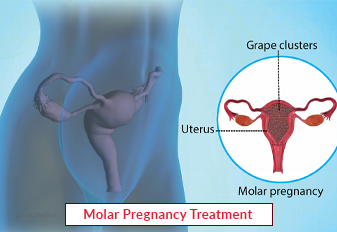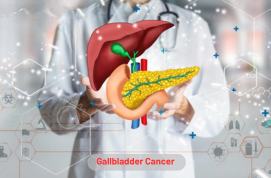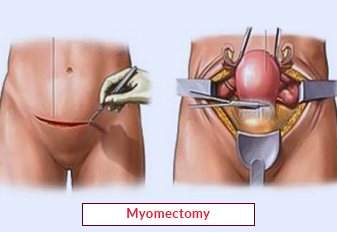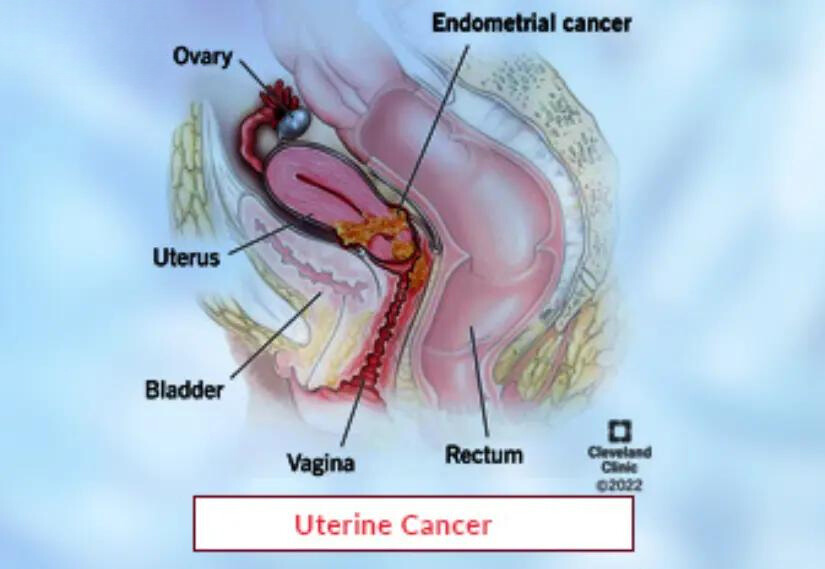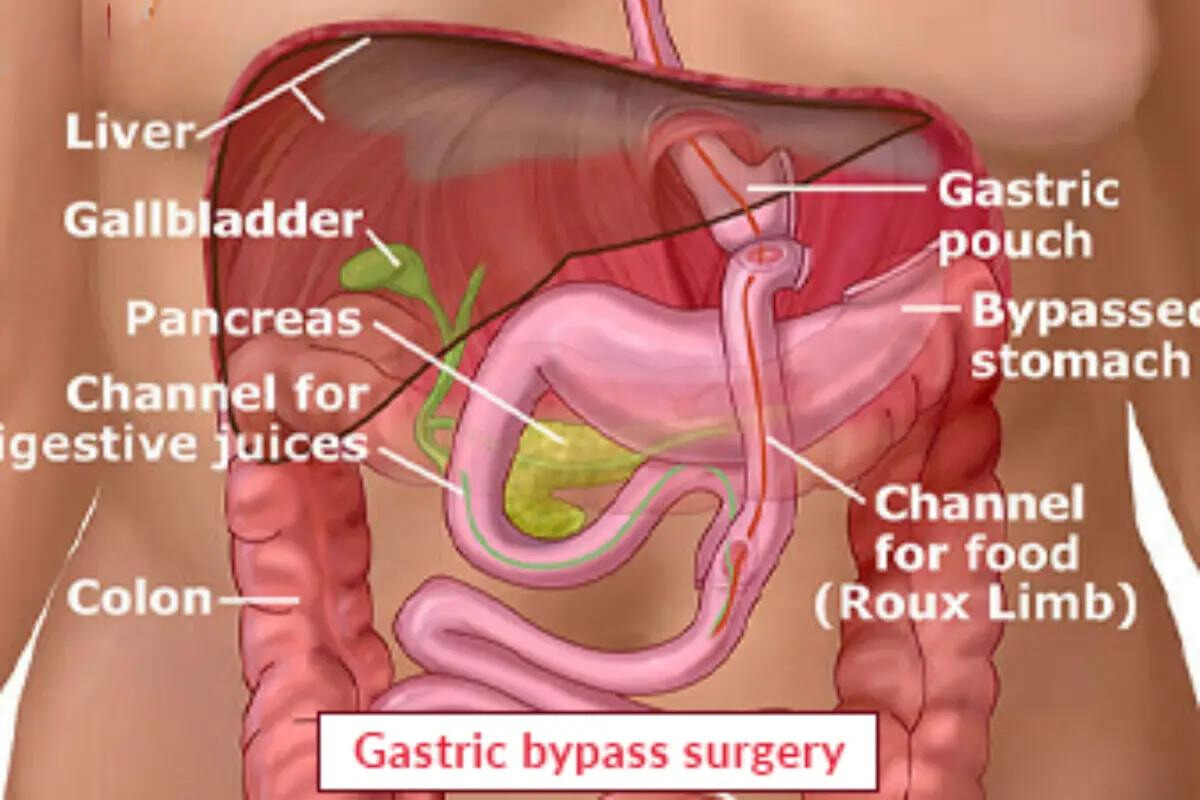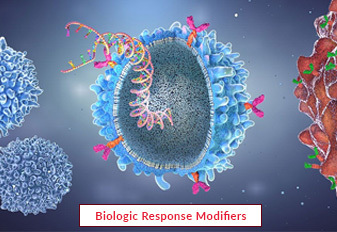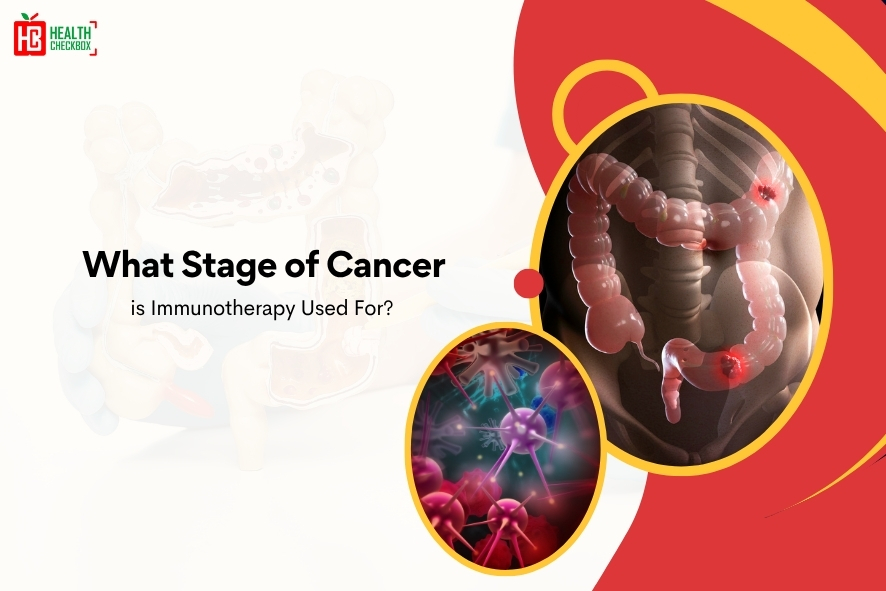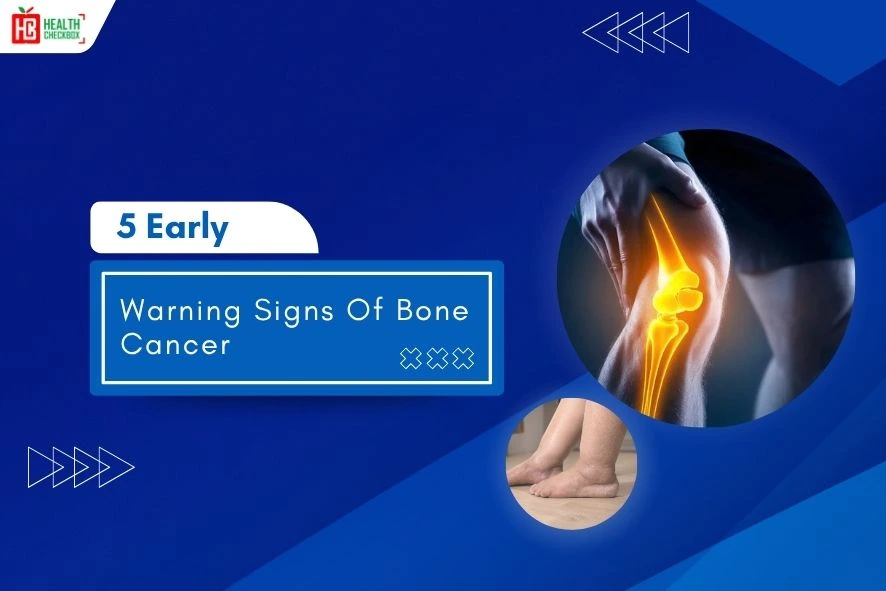Complications in a pregnancy result in molar pregnancy. An abnormal mass develops inside the woman’s womb in this condition. When the egg and sperm do not fertilize in the normal way, this leads to ill-health. It creates small sacs that are filled with water, resembling a bunch of grapes. This malignant tumor is not able to bear the load of a growing embryo. As a result, pregnancy cannot occur. In case of a molar pregnancy, the embryo does not develop. This leads to miscarriage. This ill-health requires timely diagnosis and appropriate treatment, like molar pregnancy treatment to prevent complications and ensure the patient is in a healthy state.
Types of Molar Pregnancy
- Partial Molar Pregnancy: A partly molar pregnancy has defective placenta and embryo or fertilized egg. It often occurs when two sperm fertilize a single egg. A fetus may grow, but cannot survive. This type is also known as an incomplete molar pregnancy.
- Complete Molar Pregnancy: A complete molar pregnancy includes a dysfunctional placenta but no embryo. This occurs when a sperm fertilizes an egg that contains no genetic material. This type is more common.
Who is Eligible for Molar Pregnancy Surgery?
Being a rare condition, anyone can acquire this ill-health. You are more likely to succumb to this ill-health condition in case:
- You are below the age of twenty.
- You have crossed forty.
- Have experienced two or more miscarriages.
- You belong to an Asian race.
Causes of Molar Pregnancy
- A genetic error that occurs during conception. Normally, humans have 23 pairs of chromosomes. One pair from each parent.
- In case of a complete molar pregnancy, the egg is devoid of any chromosomes, which leads to the absence of half genetic elements.
- While partial molar pregnancy results in extra chromosomes from the paternal side. In this case, the fertilized egg dies soon.
Symptoms of Molar Pregnancy
- Vaginal discharge during the first three months of pregnancy.
- Watery brown discharge.
- Sacs that resemble grape bunches that pass out of your vagina.
- Nausea and vomiting that occur more frequently or are severe than what is expected during pregnancy.
- High pressure or pain in your pelvis.
- More belly swelling than normal for your pregnancy stage.
- High blood pressure.
- Cysts on the ovaries.
- A hyperactive thyroid.
If you detect any adverse symptoms while pregnant, call your doctor.
Risk Factors of Molar Pregnancy
Several factors can contribute to this ill-health that including:
- Early Molar Pregnancy: If you have had a molar pregnancy before, you are more susceptible to having another.
- Age of the Mother: This condition is more common in adults over the age of 43 and under the age of 15.
Complete Procedure of Molar Pregnancy Treatment
The technique is frequently a surgical operation known as dilation and curettage (D&C). The steps are briefly described below:
- You are given anesthesia or sedative that puts you to sleep.
- The doctor and his team open the cervix.
- The molar tissue is removed with a suction instrument.
- To take away any leftover tissue, the surgeon scrapes it away with a little instrument known as a curette.
- The operating surgeon utilizes an ultrasound to detect abnormal tissue.
- The tissue is transported to a laboratory for analysis.
Recovery Time After Molar Pregnancy Surgery & Medication
You may have to stay in the hospital for some hours or more. Minor bleeding may be there for 10 to 12 days. Some precautions are to be avoided for up to 12 days after the surgery that including:
- Sexual activity
- Use of tampons
- Use of scented soaps
Latest Health Tips
Can Immunotherapy Cure Stage 4 Lung Cancer?
Early Signs of Cervical Cancer
Foods that Kill Cancer: Leafy Vegetables, Grains, & More
What Stage of Cancer is Immunotherapy Used For?
Which is Worse for Cancer, Sugar or Alcohol?
Vaccines That Prevent Cancer
What Kills Cancer Cells in the Body Naturally?
Early Warning Signs of Bone Cancer
Submit Your Enquiry
Testimonials








